How Electric Power Assisted Steering (EPAS) Works, And How It Compares To Hydraulic
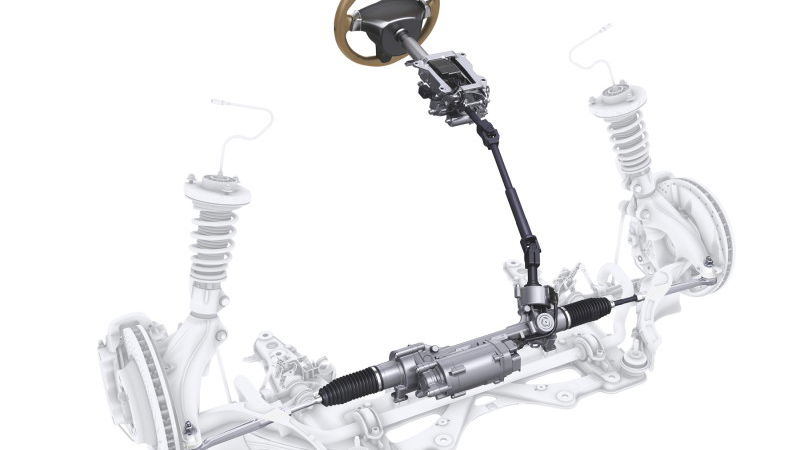
A long time ago, before the days of power steering, a steering rack was one of the most analogue systems on a car. Using a rack and pinion, simple mechanical rotation and pure arm strength was all it took to get the car pointed in your desired direction.
Then, hydraulic power steering came along, cutting strain on biceps everywhere for decades to come. In short, a hydraulic pump is powered by a belt, itself driven by the engine, which then moves a power ram with hydraulic fluid. That’s done to reduce the effort needed to steer the car.
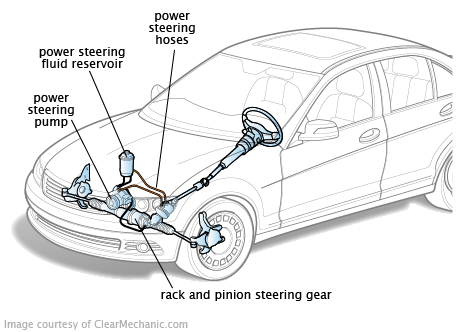
Hydraulic systems aren’t totally extinct on new cars, but electric systems have become more commonplace in recent years. So, how does electric power-assisted steering (often referred to as EPAS) work, and what are the pros and cons? We explain.
How does EPAS work?
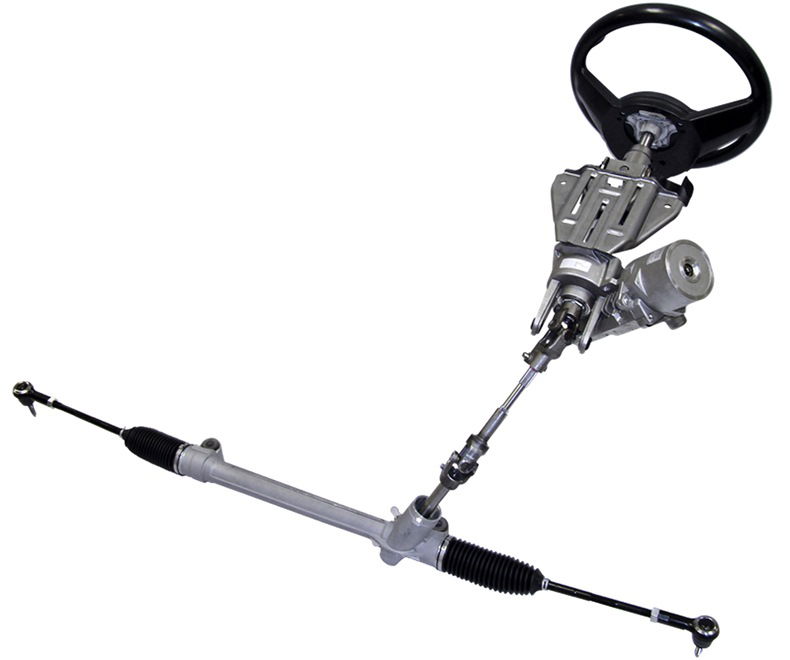
EPAS switches a hydraulic steering pump for electric motors, as seems to be the trend with pretty much any form of mechanised technology in the last decade or so.
Motors are usually placed at the base of the steering column or directly on the rack itself. Sensors then pick up the amount of steering lock being applied, and then add a proportional amount of force to the input.
Think of it a bit like the opposite of a sim racing wheel. Whereas they use electronic motors to add force and weight to a wheel, the ones on an EPAS system aim to reduce the force required to turn a car.
Why use EPAS over a hydraulic system?
Simplicity is the main thing here. Motors and sensors are easier to maintain, generally more reliable and often weigh less than all the bits required to make hydraulic power steering work.
There’s also the benefit of no parasitic losses from the engine. With hydraulic systems taking drive from a belt, an engine will have to sacrifice a little bit of power to make it work. It’s generally minute, but something is worse than nothing.
Are there downsides to EPAS?
As with many modern car technologies, there’s no rational reason for it to be considered a worse system than hydraulic power steering.
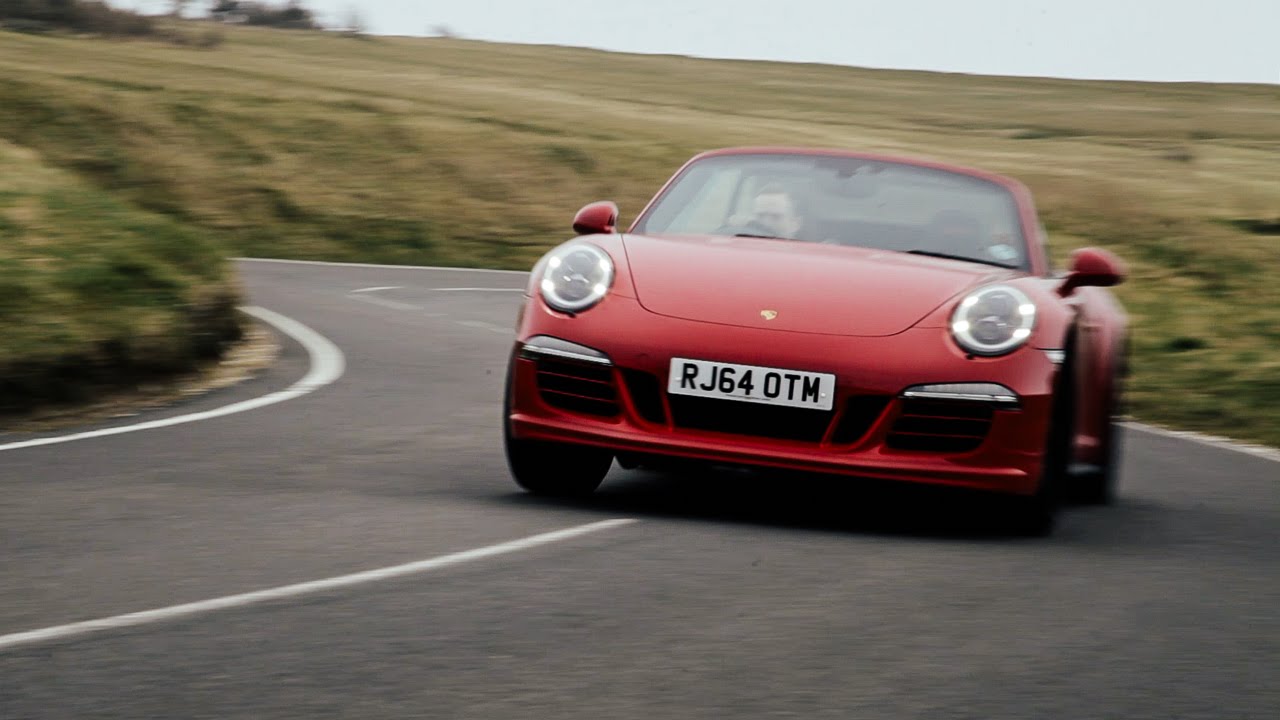
Irrationally, though, for those of us who like driving and enjoy things like feeling what the car is doing, you lose some of that connection. Forces don’t return back through an electronic system in the same way they do a hydraulic one (nor none at all, if we go really far back), and naturally, that means a car generally feels more digital to drive. Not ideal for something like a sports car.
Some manufacturers do a more convincing job than others are returning some of that. Porsche, for example, has done well to bring its EPAS system a bit of life. It really comes down to personal preference, though.
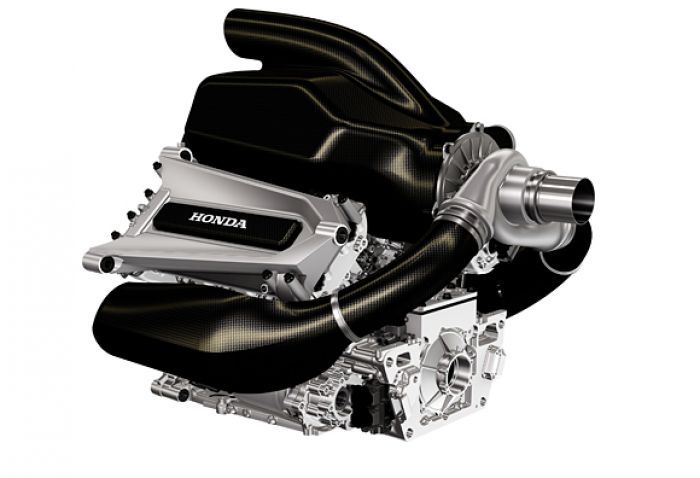

Comments
Remember more electronics means more that can and will break.
Manual steering > hydraulic power steering > electric power steering
Why not just get rid of power steering
At least chrysler made something
I daily drive a car without power steering and it’s a joy. You are not a real enthusiast untill you try it! :)
You might have less feeling with an electric P/s, but when you’ll change your rack and pinions yourself, you’ll see that it is 100x more easy with an electric P/s. No hose in the way, no fluid falling on the ground. 2h (if nothing is jammed) and your rack and pinion is changed!
Porsche Cayman/Boxster drivers when someone says that their steering has no feel because of EPAS:
I am very accustomed to hydraulic steering.
Lately I have had to drive my wife’s car that has electric power steering. I hate it. It is unrefined crap that does not respond quickly (there is an observable delay between turning the steering wheel and the wheels turning) and there is no feedback whatsoever. You can hit the biggest pothole in existence and if not for the lurching of the vehicle, you would have no idea that anything had happened.
I agree that electric power steering is here to stay because people (I’m not sure exactly who) want their cars to drive themselves. As for EPAS being better than hydraulic… there are far more sensors and motors that can break and malfunction. I’ll stick with hydraulic because it is simpler and has a much lower chance of needing to be fixed/costing me large amounts of money.
LOL, people say that HPAS feels SOOOOOOO much better. That is not always the case. for example, on my AE86, the hydraulic power steering has no feel, good weight, but no feel. At higher speeds, it’s kinda unnerving taking corners, you can feel everything from your butt to the pedals, but the steering is just like, “meh, here’s a corner, now you have to turn me harder” and doesn’t tell you anything.
My parent’s BMW steering is absolutely perfect on the other hand, it constantly feeds me information about the road like how girls complain about how terrible their life is, it’s great XD
The system is different for each car, please remember that.
I’ll pass if at all possible. Had EPS in an RX8 and hated it, nothing but problems.
Pagination